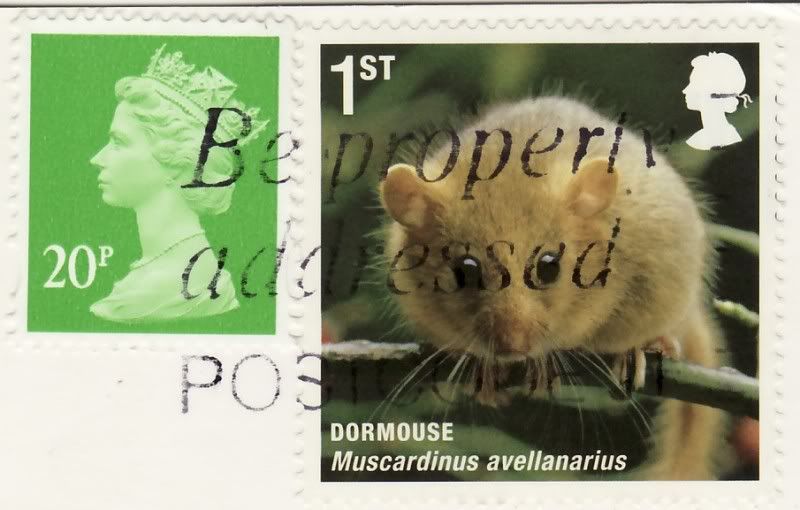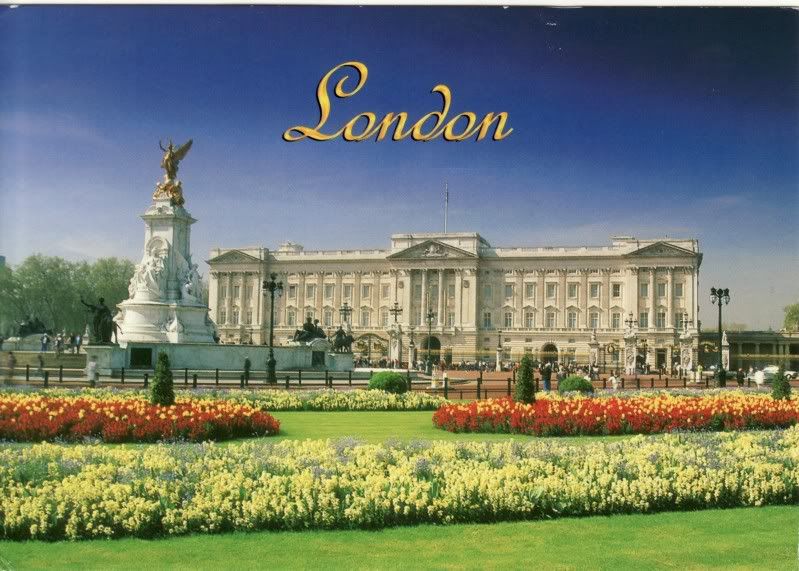Buckingham Palace is the London home and primary residence of the British monarch. Located in the City of Westminster, the palace is a setting for state occasions and royal hospitality. It has been a focus for the British people at times of national rejoicing and crisis.
Originally known as Buckingham House, the building which forms the core of today's palace was a large townhouse built for the Duke of Buckingham in 1705 on a site which had been in private ownership for at least 150 years. It was subsequently acquired by George III in 1761 as a private residence for Queen Charlotte, and known as "The Queen's House". During the 19th century it was enlarged, principally by architects John Nash and Edward Blore, forming three wings around a central courtyard. Buckingham Palace finally became the official royal palace of the British monarch on the accession of Queen Victoria in 1837. The last major structural additions were made in the late 19th and early 20th centuries, including the East front which contains the well-known balcony on which the Royal Family traditionally congregate to greet crowds outside. However, the palace chapel was destroyed by a German bomb in World War II; the Queen's Gallery was built on the site and opened to the public in 1962 to exhibit works of art from the Royal Collection.
The state rooms, used for official and state entertaining, are open to the public each year for most of August and September, as part of the Palace's Summer Opening. The palace is sometimes colloquially referred to as Buck House.
And the stamp with dormouse was issued on 13 April 2010, as a part of Action for Species stamp issues focusing on endangered native animals and plants.
 The British Isles is home to more than 60 species of mammals, but almost half of these have been introduced from elsewhere in the world, including some of the most abundant, like the rabbit and the grey squirrel. All ten of the mammals featured on the new stamps, including the seemingly prevalent hedgehog, are the subject of conservation programmes due to the effect of adverse changes in their environment. These are caused by pollution, the growth in roads and housing developments, and in some cases, the introduction of non-native species, which have all contributed to a fall in numbers.
The British Isles is home to more than 60 species of mammals, but almost half of these have been introduced from elsewhere in the world, including some of the most abundant, like the rabbit and the grey squirrel. All ten of the mammals featured on the new stamps, including the seemingly prevalent hedgehog, are the subject of conservation programmes due to the effect of adverse changes in their environment. These are caused by pollution, the growth in roads and housing developments, and in some cases, the introduction of non-native species, which have all contributed to a fall in numbers.Because the UK has comparatively few land mammals, the selection criteria for these stamps was extended to include marine mammals, like the Humpback Whale, that spends part of its life cycle in UK territorial waters.

No comments:
Post a Comment